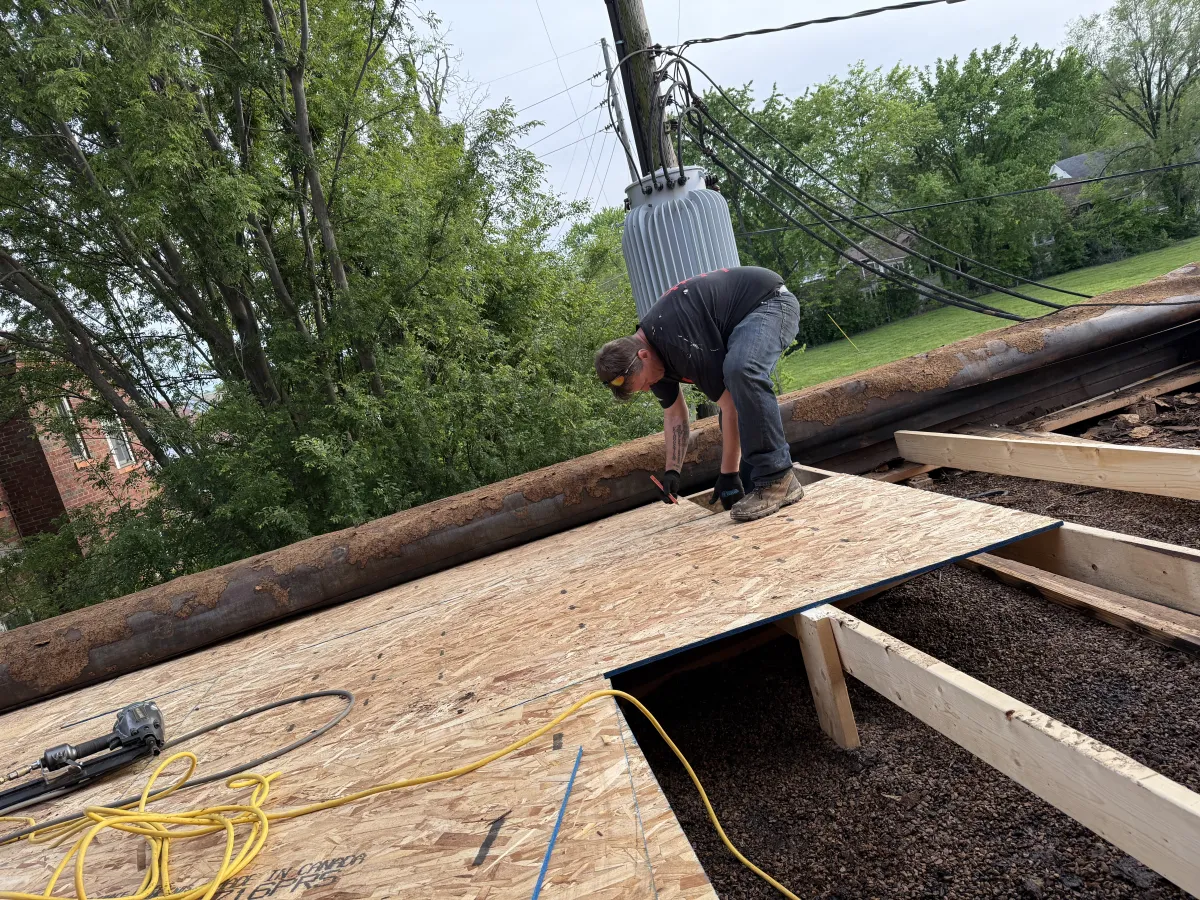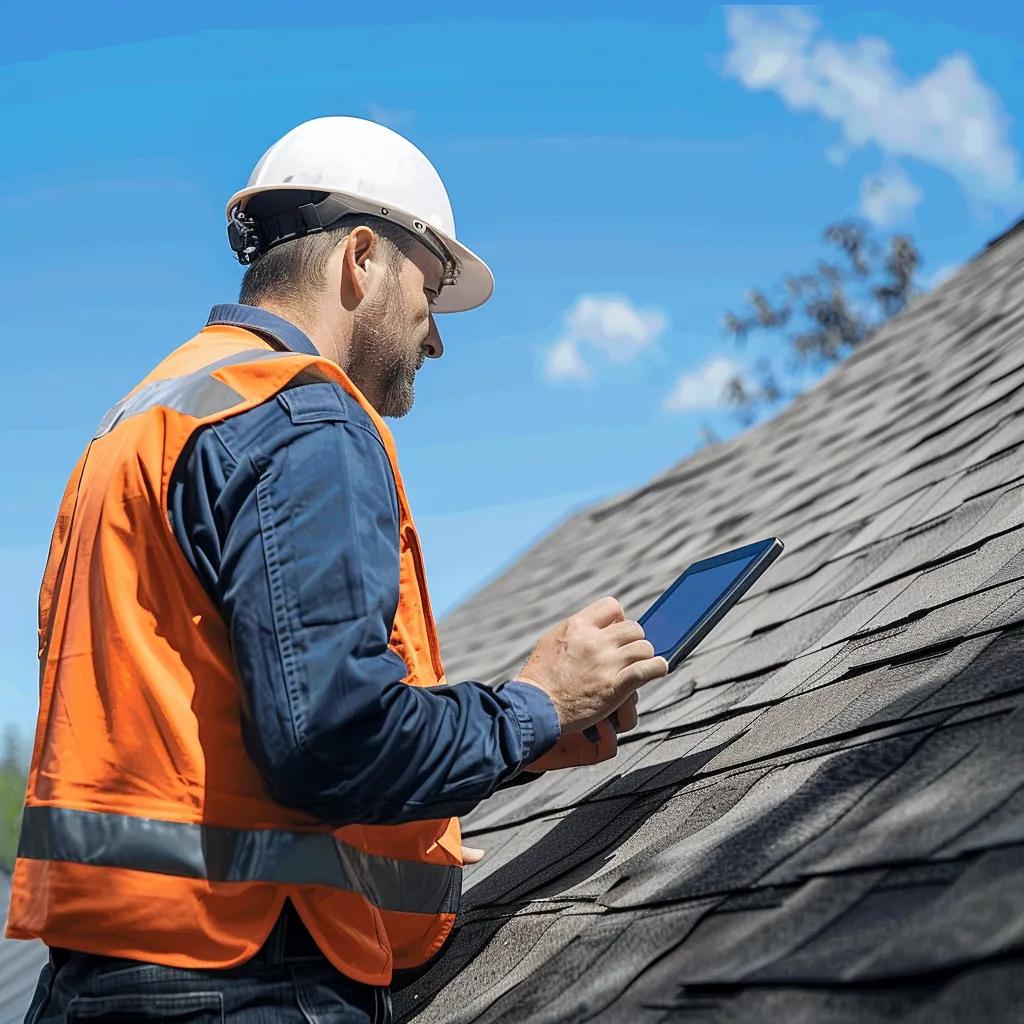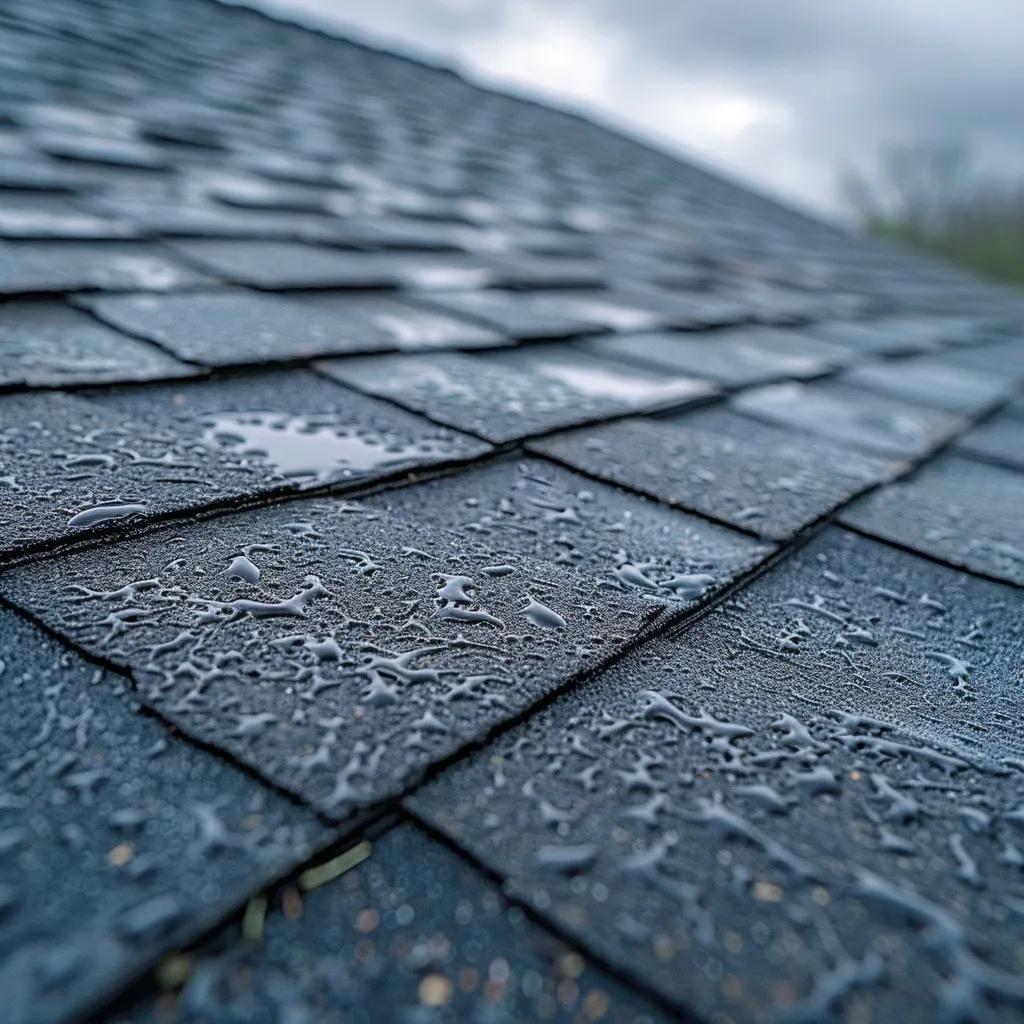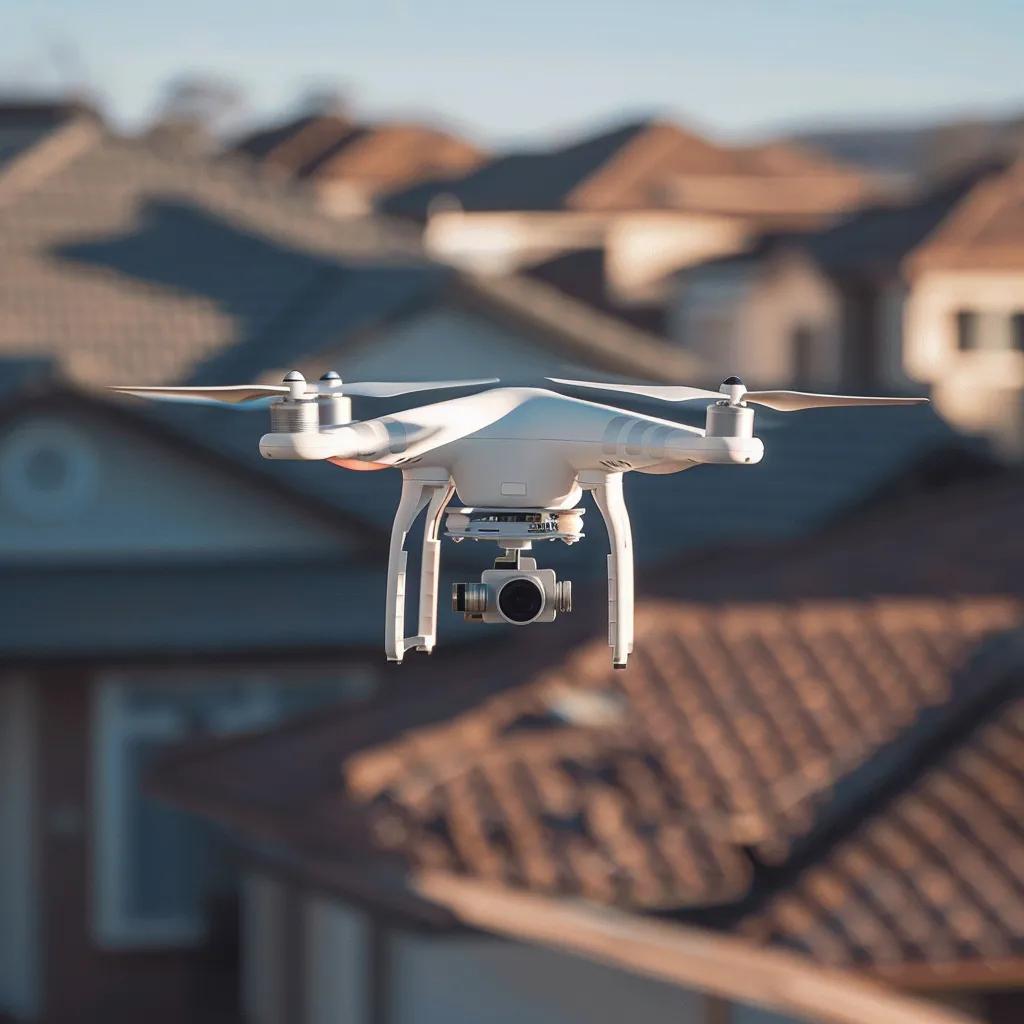
Free Roofing Inspection Services in St. Louis: What to Expect
Free Roofing Inspection Services in St. Louis: What to Expect and How They Protect Your Home

A hidden roof leak can turn a minor repair into a major expense, with St. Louis homeowners spending an average of $8,000 on roof replacements after undetected storm damage. A free roofing inspection service in St. Louis provides a no-cost evaluation of your roof’s condition, identifies early signs of deterioration, and equips you with an actionable report. In this guide, you’ll discover:
Why a free roof inspection is essential for St. Louis homeowners.
The step-by-step process of a comprehensive exterior and interior inspection.
What goes into the detailed inspection report and how it supports insurance claims.
Recommended inspection frequency and timing around local weather events.
Criteria for choosing a professional roofing contractor and value-added benefits beyond damage detection.
Follow-up roofing services—repair, replacement, and commercial vs. residential solutions.
By understanding what to expect, you can secure your home against St. Louis’s unique weather threats while leveraging our expert inspection methodology to protect your investment.
Why Is a Free Roof Inspection Essential for St. Louis Homeowners?
A free roof inspection offers a complete evaluation of your roof’s integrity, preventing costly repairs by detecting issues early and aligning with St. Louis’s severe weather patterns. By identifying cracked shingles, loosened flashing, or compromised underlayment before leaks develop, homeowners can save up to 30% on repair costs. For instance, spotting early granule loss after a hailstorm often leads to minor shingle replacement rather than a full roof overhaul.
How Does St. Louis Weather Impact Your Roof’s Condition?
St. Louis’s humid continental climate subjects roofs to intense summer heat, severe thunderstorms, hail, and occasional ice storms, all of which accelerate material degradation. High temperatures cause asphalt shingles to become brittle, while hail can pit or crack roofing materials, leading to latent leaks. Understanding these weather factors guides inspectors to focus on hail-prone areas and heat-stressed roof sections before minor defects turn into water intrusion.
What Are the Common Roof Problems Caused by Storms in St. Louis?

Before examining storm damage, it helps to recognize typical problems that severe weather creates. Hail damage can affect shingle integrity, causing dents, granule loss, and cracking up to 1 inch. Wind damage often leads to loose or torn flashing at chimneys and vents. Debris impact can cause punctures or abrasion on the roof surface from fallen branches. Water intrusion is a significant interior risk that can occur after seal failure.
Impact of Hail on Roofing Materials
Hail can cause significant damage to roofing materials, leading to issues like dents, granule loss, and cracking. The extent of this damage can vary depending on the size and intensity of the hailstorm, potentially leading to leaks and the need for repairs or replacement.
Insurance Institute for Business & Home Safety (IBHS), "Hail Damage to Asphalt Shingles" (2022)
This citation provides evidence for the impact of hail on roofing materials, which is a key factor in the article's discussion of roof inspections.
This breakdown helps homeowners anticipate potential weak points before an inspection begins and prepares contractors to allocate extra attention to high-risk areas.
How Can Early Detection Save You Money on Roof Repairs?
Early detection identifies minor defects such as lifted shingles or clogged gutters, which prevents moisture penetration and structural decay. By addressing small problems within 30 days of discovery, homeowners can reduce repair costs by as much as 40%. For example, clearing debris to restore proper drainage often stops water from pooling at roof valleys, eliminating the need for costly underlayment replacement later.
Cost Savings from Early Detection of Roof Issues
Early detection of roof problems, such as lifted shingles or clogged gutters, can significantly reduce repair costs. Addressing these issues promptly can lead to savings of up to 40% compared to dealing with more extensive damage later on.
National Roofing Contractors Association
This citation supports the article's claim about the financial benefits of early roof inspections and maintenance.
What Happens During a Comprehensive Free Roof Inspection in St. Louis?
A comprehensive free roof inspection in St. Louis encompasses exterior assessment, attic evaluation, storm damage analysis, and advanced imaging techniques to ensure no defect goes unnoticed. Inspectors follow a structured protocol to examine each component and capture high-resolution evidence for the final report.
What Exterior Roof Components Are Assessed?
Inspecting exterior components involves evaluating the condition of shingles, flashing, gutters, vents, and chimneys to detect wear or damage. Each element influences overall roof performance and moisture management. Shingles are checked for cracks, missing pieces, curling, or granule depletion. Flashing is assessed for seal integrity, looking for corrosion, looseness, or gaps around chimneys and vents. Gutters are examined for clogs, sagging, or improper pitch to ensure efficient flow. Vents are inspected for any blockages or damage to their caps. Chimneys are evaluated for masonry health, including cracked mortar, spalled bricks, and leaking flashing. By systematically inspecting these parts, inspectors confirm that each roofing element performs its intended function and mitigates water intrusion risks.
How Is the Interior Roof and Attic Inspected?
Inspectors assess the attic and interior roof structure for signs of leaks, water stains, insulation deterioration, and ventilation problems. They look for discoloration along rafters, mold growth on insulation, and inadequate air circulation that can accelerate moisture buildup. Inspectors document water stains on ceilings and rafters to trace leak origins. They evaluate insulation thickness and thermal performance to identify energy loss. Ventilation pathways are checked to ensure airflow prevents condensation and mold. This interior appraisal complements the exterior review by confirming whether visible roof issues have begun impacting your home’s structural health.
How Are Storm Damages Like Hail and Wind Evaluated?
Storm damage evaluation combines visual inspection with impact-resistance testing to quantify hail-related dents and wind-lifted roofing elements. Inspectors measure dent diameters, count affected shingles per square, and test flashing adhesion strength. Hail assessment pinpoints dents larger than 0.5 inches and checks for micro-cracks not visible from the ground. Wind analysis involves gentle pressure tests on flashing and shingles to detect uplift vulnerabilities. Debris inspection looks for punctures or abrasion marks caused by tree limbs or loose materials propelled by high winds. By detailing these storm-specific damage points, the inspection report provides the evidence insurance adjusters need for accurate compensation.
How Does Drone Technology Enhance Roof Inspections?

Drone technology enhances inspections by capturing high-resolution aerial imagery, enabling safe assessment of steep or complex rooflines and accurately mapping damage locations. Unmanned aerial vehicles (UAVs) hover over hard-to-reach areas, producing geotagged images that integrate directly into inspection reports. This technology allows for pixel-level damage analysis on shingles and flashing, eliminates risks associated with ladder work on unstable surfaces, and reduces inspection time by up to 50% compared to manual methods. Integrating drone data ensures comprehensive coverage, preventing overlooked defects and reinforcing confidence in the inspection’s completeness.
What Does the Detailed Roof Inspection Report Include?
A detailed roof inspection report compiles documented findings, photographic evidence, and professional recommendations to guide repair decisions and insurance claims. This report becomes a roadmap for restoring or maintaining your roof’s integrity.
How Are Roof Problems Documented and Photographed?
Inspectors use standardized annotation methods to label each issue, combining close-up photos with location metadata on roof diagrams. Each photo is captioned with the defect type, severity rating, and GPS coordinates, creating a clear chain of evidence. Photos feature scale references (e.g., ruler in frame) for accurate sizing. Annotated diagrams pinpoint exact positions of missing shingles or flashing gaps. Time-stamped image files ensure traceability for insurance purposes. This level of documentation clarifies the problem scope and accelerates claim approval.
What Repair or Replacement Recommendations Are Provided?
The report outlines actionable next steps, ranging from targeted shingle replacements to full roof renewals, based on damage severity and remaining lifespan. Recommendations prioritize long-term performance and cost efficiency. These include spot repairs, such as replacing individual damaged shingles and resealing loose flashing to restore water tightness; partial replacement, involving the removal and replacement of roof sections exhibiting advanced wear or persistent leaks; and full replacement, which entails installing a new roofing system, including underlayment and ventilation upgrades, for roofs older than 20 years. Each option includes estimated timelines and budget ranges to help homeowners plan effectively.
How Does the Report Support Insurance Claims for Storm Damage?
By combining geotagged imagery with severity assessments and certified inspector signatures, the report meets insurer documentation requirements for storm damage claims. It provides clear evidence of hail impact or wind damage, reducing back-and-forth with adjusters. The report includes certified inspection forms recognized by leading insurance providers, summarizes estimated repair costs and materials needed for each damage category, and offers insurer-ready summary pages for quick claim initiation. This structured approach accelerates claim approvals and helps homeowners secure full coverage for necessary repairs.
How Often Should You Schedule a Free Roof Inspection in St. Louis?
Why Are Spring and Fall Ideal for Roof Inspections?
Spring inspections detect winter ice-dam damage, roof membrane cracks from freeze-thaw cycles, and cleared winter debris, setting the stage for uninterrupted spring rains. Fall inspections identify summer heat stress, granule loss, and prepare roofs for the upcoming cold season by ensuring intact flashing and drains.
When Should You Get an Inspection After Severe Weather Events?
It is essential to schedule an inspection within two weeks after any hailstorm measuring over 0.5 inches in diameter or wind events exceeding 50 mph. Immediate evaluation catches hidden micro-cracks and displaced shingles before water infiltration worsens underlying damage.
What Are the Signs That Indicate Immediate Roof Inspection Is Needed?
Homeowners should seek an immediate inspection when they observe water stains on ceilings or attic walls, visible granule accumulation in gutters, sagging roof decks or soft spots underfoot, or missing or severely cracked shingles after a storm. Addressing these warning signs quickly prevents secondary damage to insulation and structural elements.
How to Choose the Right Roofing Contractor for Your Free Inspection in St. Louis?
What Qualities Define a Professional St. Louis Roofing Company?
A reputable company is fully licensed, insured, and accredited by the Better Business Bureau, demonstrating adherence to industry standards. Credentials like GAF Master Elite certification indicate specialized training in premium roofing systems. Key qualities include holding a valid Missouri roofing contractor license, possessing general liability and workers’ compensation coverage, and maintaining positive customer ratings and BBB accreditation. These qualifications provide trust and accountability throughout the inspection process.
What Questions Should You Ask Before Scheduling a Free Inspection?
Before confirming an appointment, homeowners should inquire about the inspector’s experience level and certifications, whether drone imaging is included in the free service, and the turnaround time for the detailed inspection report. Knowing these details sets clear expectations and ensures comprehensive service delivery.
How Does Local Expertise Improve Inspection Accuracy?
Contractors familiar with St. Louis weather patterns and building codes can pinpoint region-specific vulnerabilities, such as ice-dam formation in north-facing valleys and hail-prone areas near open fields. This local knowledge enhances defect detection and leads to more precise repair recommendations.
What Are the Benefits of Free Roof Inspections Beyond Damage Detection?
How Do Inspections Extend Your Roof’s Lifespan?
Regular assessments catch minor wear—like curled shingle edges or sealant crack development—and prompt preventive repairs, reducing the rate of material degradation. Consistent upkeep can increase a roof’s service life by 5–10 years.
How Can Inspections Improve Energy Efficiency in St. Louis Homes?
Inspections reveal insulation gaps, attic ventilation blockages, and deteriorating underlayment that contribute to heat transfer. Addressing these issues can lower cooling costs by up to 15% during St. Louis’s hot, humid summers.
What Preventative Maintenance Tips Are Recommended for St. Louis Roofs?
An effective maintenance plan includes clearing debris from valleys and gutters every spring and fall, sealing exposed nail heads after shingles shift in high winds, and trimming overhanging branches to minimize storm impact. Consistent care prevents minor problems from becoming structural threats and maintains roof performance.
What Roofing Services Are Available After Your Free Inspection in St. Louis?
When Is Roof Repair Recommended Over Replacement?
Roof repair is ideal when damage affects less than 20% of the roof surface, the underlayment and decking remain structurally sound, and you have fewer than 10 years of expected roof life remaining. Focusing on repairs saves up to 60% compared to full replacement costs when minimal damage is present.
What Are the Options for Roof Replacement in St. Louis?
For roof replacement in St. Louis, homeowners have several options. Asphalt shingles typically cost between $2.50–$4.50 per square foot and are a popular choice for their balance of cost and performance. Metal roofing offers exceptional longevity, often lasting 40–70 years, and is known for its durability and resistance to extreme weather. Tile roofing provides high energy efficiency due to its solar reflectance and natural insulating properties, making it a sustainable option for St. Louis homes.
How Are Commercial and Residential Roofing Services Different?
Commercial roofing services often involve flat membrane systems with specific drainage requirements and heavier equipment, while residential services focus on pitched roofs with shingle or tile systems. Commercial projects require compliance with different building codes and safety protocols, driving specialized inspection and repair techniques. A professional roofing contractor adapts methods and materials to match each property’s structural needs and usage patterns.
Ready to Protect Your Home?
Schedule your free, no-obligation roofing inspection today and gain peace of mind knowing your home is protected against St. Louis's weather.
